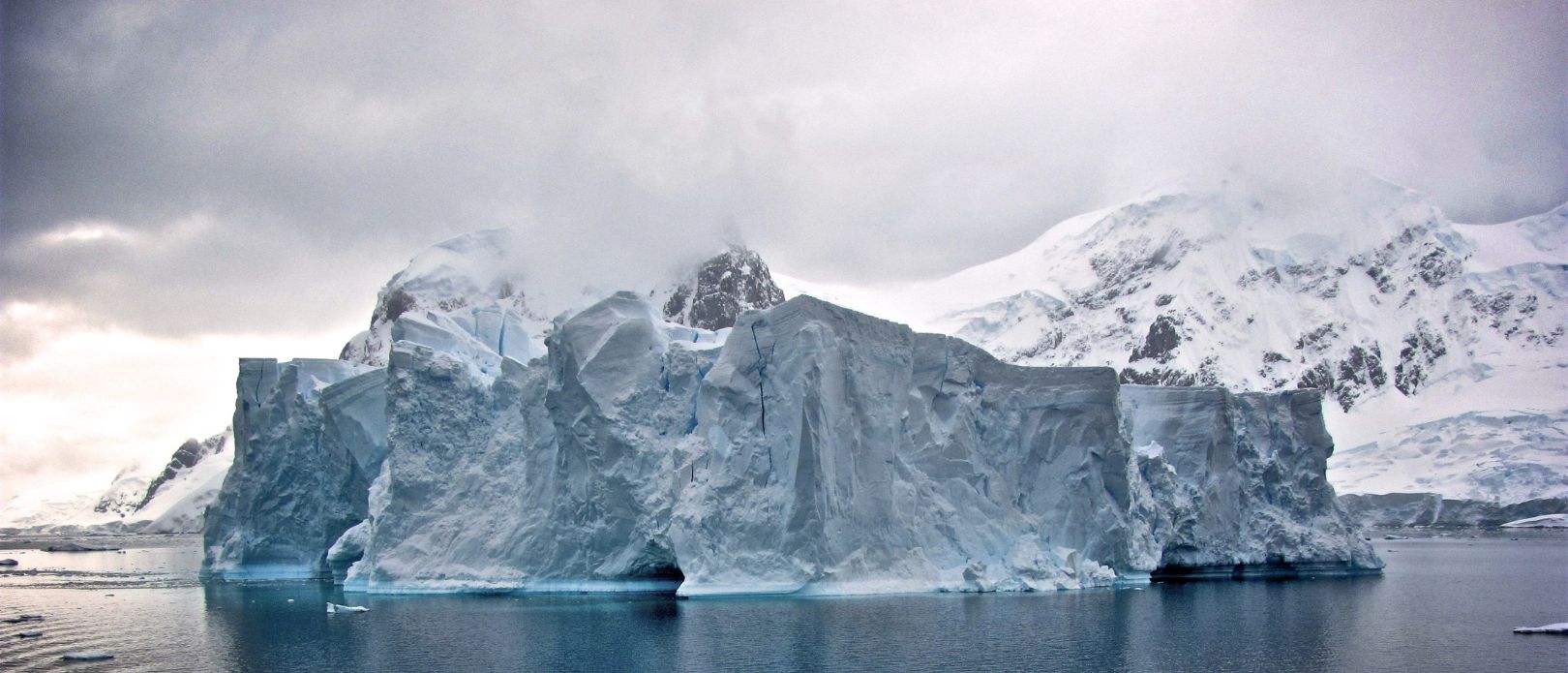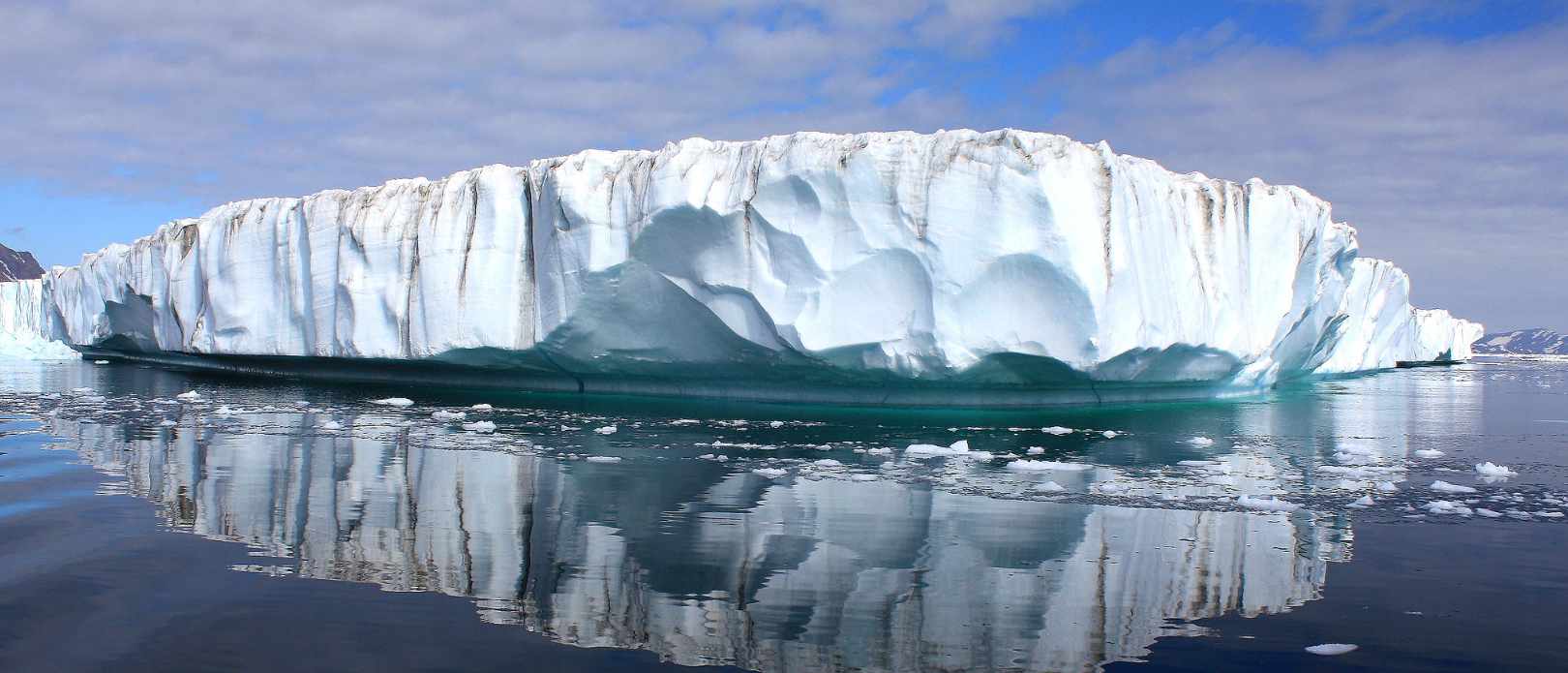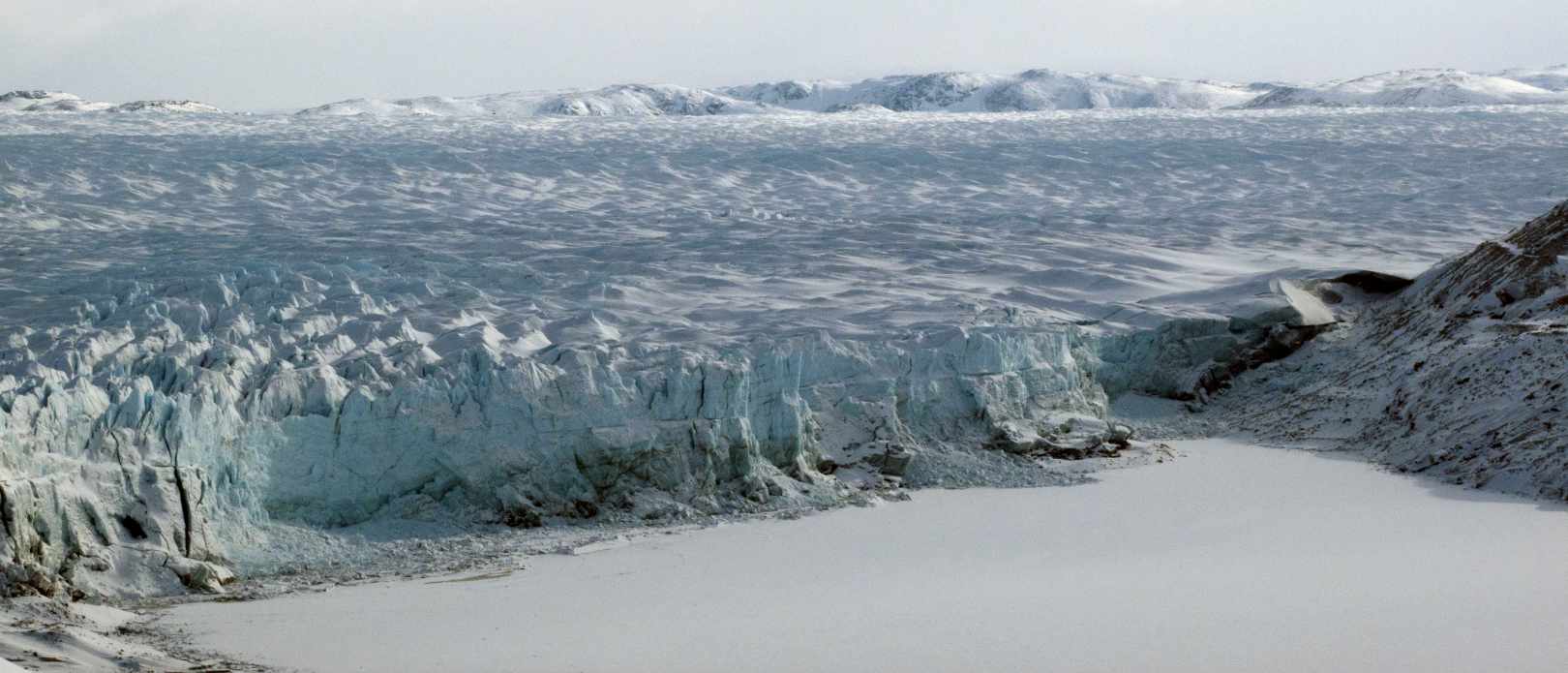Tipping points
Overshooting climate targets could significantly increase risk for tipping cascades
Temporarily overshooting the climate targets of 1.5-2 degrees Celsius could increase the tipping risk of several Earth system elements by more than 70 per cent, a new risk analysis study shows
- The risk for some tipping events could increase very substantially under certain global warming overshoot scenarios
- Especially the Greenland and the West Antarctic ice sheet are at risk of tipping even for small overshoots
- Current mitigation policies are expected to lead to 2 – 3.6 degrees Celsius of global warming by the end of this century
According to the study which is published in Nature Climate Change, this tipping risk increases even if in the longer term the global temperature stabilizes within the Paris range. Avoiding an overshoot would hence limit the risks, concludes the international research team behind the study.
“We show that the risk for some tipping events could increase very substantially under certain global warming overshoot scenarios,” explains Nico Wunderling, scientist at the Potsdam Institute for Climate Impact Research and lead-author of the study.
To effectively prevent all tipping risks, the global mean temperature increase would need to be limited to no more than one degree - we are currently already at about 1.2 degrees.
Jonathan F. Donges, co-author
He continues: “Even if we would manage to limit global warming to 1.5 degrees after an overshoot of more than two degrees, this would not be enough as the risk of triggering one or more global tipping points would still be more than 50 per cent. With more warming in the long-term, the risks increase dramatically.”
Beyond the safe zone
Especially the Greenland and the West Antarctic ice sheets are at risk of tipping even for small overshoots. While it would take a long time for the ice loss to fully unfold, the temperature levels at which such changes are triggered could already be reached soon, according to the research.
“To effectively prevent all tipping risks, the global mean temperature increase would need to be limited to no more than one degree - we are currently already at about 1.2 degrees. The latest IPCC report shows that we’re most likely on a path to temporarily overshoot the 1.5 degrees Celsius temperature threshold,” says Jonathan Donges, centre researcher and c-lead of the FutureLab on Earth Resilience in the Anthropocene at the Potsdam Institute for Climate Impact Research.
Current efforts not enough
Current mitigation policies are expected to lead to 2 – 3.6 degrees Celsius of global warming by the end of this century.
“This is not enough. Even though a temporary temperature overshoot would definitely be better than reaching a peak temperature and remaining there, some of the overshoot impacts may lead to irreversible damages in a high climate risk zone, and this is why low-temperature overshoots are key here,” explains Jonathan Donges.
Ricarda Winkelmann, another co-author associated with the Potsdam Institute for Climate Impact Research, adds: “Every tenth of a degree counts. We must do what we can to limit global warming as quickly as possible.”
Read: Global warming overshoots increase risks of climate tipping cascades in a network model
Methodology
To arrive at these results, the scientists, together with co-authors from the Earth Commission – a group of leading scientists convened by Future Earth – used different global warming overshoot scenarios with peak temperatures from two to four degrees and applied these to a set of four interacting tipping elements: the Greenland Ice Sheet, the West Antarctic Ice Sheet, the Atlantic meridional overturning circulation AMOC, and the Amazon rainforest.
The researchers applied a risk analysis approach based on millions of model simulations to reflect the uncertainties in relevant parameters such as the uncertainty in critical temperature thresholds as well as interaction strengths and interaction structure. Such an amount of simulations would be computationally too expensive to do based on fully coupled Earth System Model simulations. For the different overshoot scenarios, the research team then analyzed the risk of crossing critical thresholds and the potential for triggering cascading interactions between the four elements, depending on the magnitude and duration of the overshoot as well as the warming remaining on the long-term.
Read: Global warming overshoots increase risks of climate tipping cascades in a network model
Wunderling, N., Winkelmann, R., Rockström, J., Loriani, S., Armstrong McKay, D.I., Ritchie, P.D.L., Sakschewski, B., Donges, J.F. 2022. Global warming overshoots increase risks of climate tipping cascades in a network model. Nature Climate Change.









